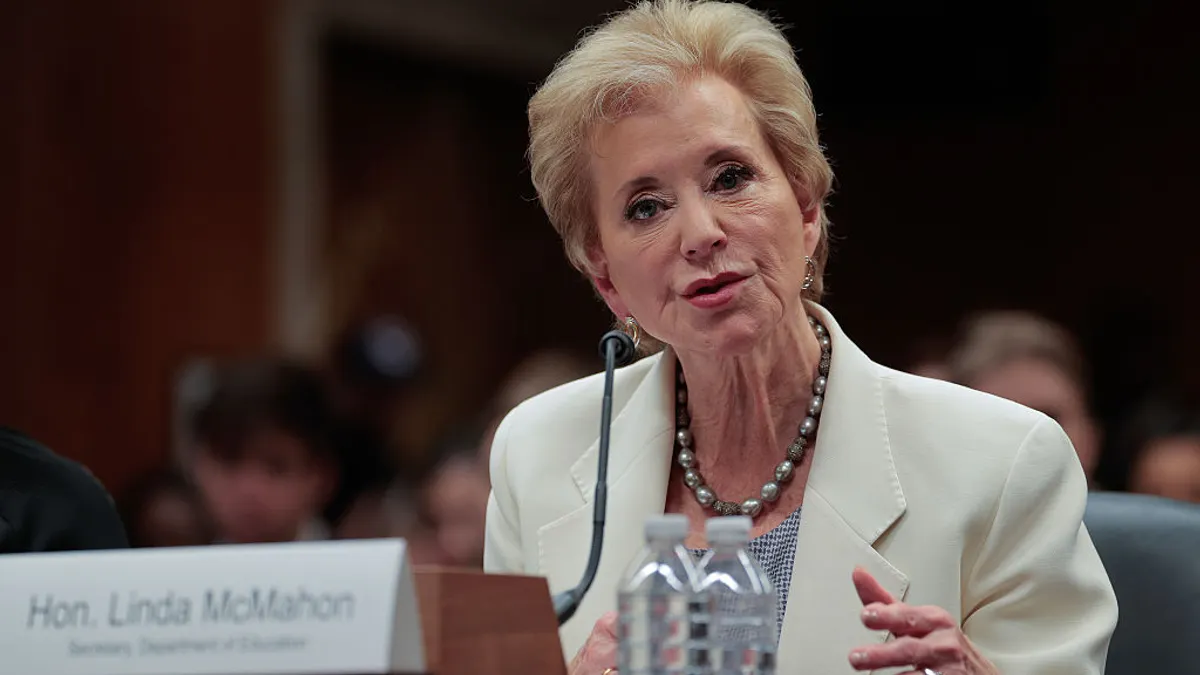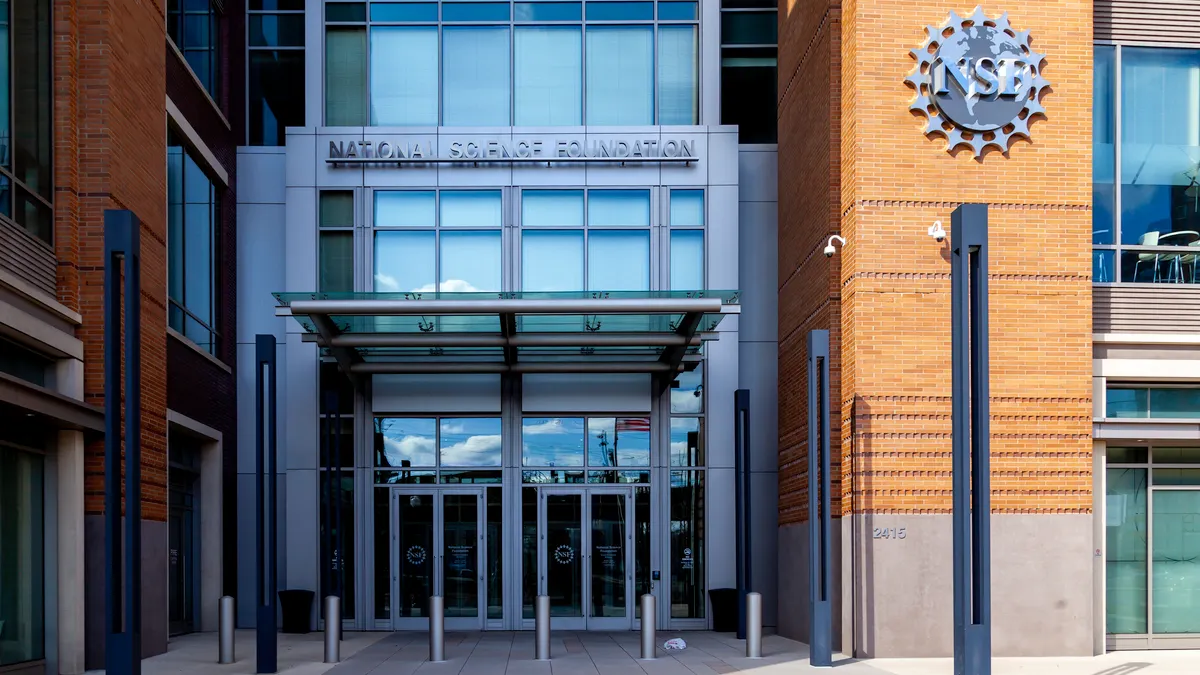Dive Brief:
- Public two-and-four year institutions spend more than $1,000 less per student of color — or nationally $5 billion less per year — than what is spent on their white counterparts, according to new analysis from the Center for American Progress. The disparity can result in fewer tutoring opportunities, limited access to healthcare services, and cyclical difficulties for such schools to enhance completion rates for students of color.
- Public colleges in 34 of the states analyzed were found to spend less on students of color because of two primary factors: States policies around education spending tend to favor resources toward elite research institutions, instead of less selective two-and-four year institutions; and inequitable access to higher education through the K-12 pipeline results in disproportionate numbers of students of color going to college with fewer resources or be concentrated in states with empirically smaller higher ed budgets.
- The report calls for policymakers to focus on spending more toward colleges with typically fewer resources to begin closely racial spending gaps — rather than simply targeting schools with low-income students.
Dive Insight:
Research from the Center for American Progress highlights the persistent history of inequitable funding toward students of color within higher education institutions and smaller education budgets from states containing greater concentrations of diverse, low-income communities. Tiffany Jones, director of higher education policy at Education Trust, told Education Dive higher ed leaders can work with policymakers to emphasize that "new funding should be targeted for campuses that serve students of color," and also that "aid is provided for the scalable strategies encouraging completion and evaluation of approaches that are scalable." When it comes to public two-and-four year schools, she said, true change in the system can only occur if policymakers take more steps to increase funding toward schools serving students of color, rather than just low-income students.
"If you just look at numbers, though community colleges are serving so many more students of color for a variety of reasons. It's important that these institutions continue to go a good job of recruiting and admitting students of color but at the same time, that alone cannot solve the issue," said Jones. And not only that, but current lawsuits in Maryland and Pennsylvania and previous cases in Mississippi have highlighted the intentionally disparate funding to historically black colleges and universities, compared to other schools without the designation within the system.
Jones said higher ed leaders can work with legislators in the state by communicating what types of completion strategies they've tried and what has worked, so states can make sure funding goes toward intervention tactics that are more effective and align with institutions' unique campus demographics and environments. But she emphasized a need for policymakers to "really focus on distributing that aid in more efficient and effective ways. And while the appetite is there for programs serving students of color, if the funding doesn't exist or have resources to implement them, it's difficult to implement them."
"Part of the challenge exists around how states make decisions around where to spend money as they are trying to figure out how to enhance the institutions" that are already serving minority students, said Jones.








